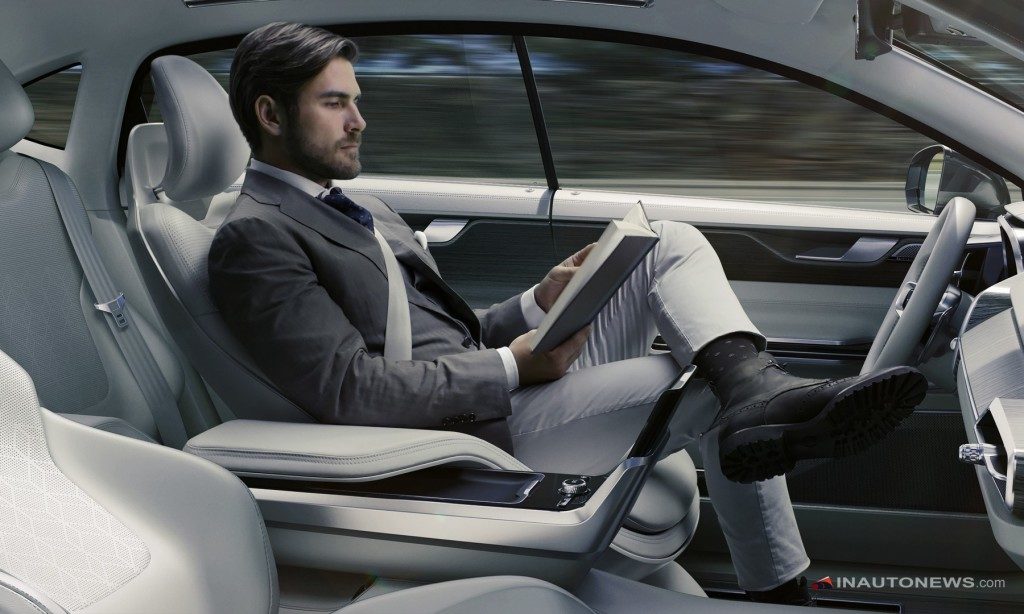The reality of riding in an autonomous vehicle isn’t that far off. A driverless car is capable of understanding its environment through Light, Imaging, Detection, and Ranging (LIDAR) technology to drive the vehicle without input from a human. LIDAR uses laser light to make out 3D images of the environment such as a child crossing the street or an animal jumping in front of the car and then appropriately maneuvers the car to avoid accidents and injuries.
Autonomous Cars Save Lives and Time
On a global basis, 1.3 million people die in car crashes each year. That works out to be about 3,287 deaths per day. An additional 20 – 50 million people are injured or disabled from car accidents. In the U.S., 37,000 people die each year from car accidents. An additional 2.35 million people are injured or disabled. Car accidents cost the U.S. $230.6 billion per year. Driverless cars have the potential to save 300,000 to 400,000 lives per year. 94 percent of car crashes are due to human error. Autonomous cars can save people from texting and driving. Driving under the influence, fatigue, and sleepiness, and general careless driving. Colleen Sheehey-Church, national president of Mothers Against Drunk Driving, said, “Technology will ultimately be the way we eliminate drunk driving.”
MIT’s modified Prius driverless car recognizes a jaywalker and safely stops the car using LIDAR lasers and cameras. The autonomous car will not move until the pedestrian is safely out of the way.
Fewer accidents mean less traffic and congestion. Car traffic will also flow better as autonomous cars will not be carelessly switching lanes, weaving in and out or slowing down to rubberneck.
A recent report estimates that autonomous cars can save 250 million hours of commuting time per year. For drivers, that’s time better spent on something more useful or relaxing. According to a research firm Strategy Analytics, autonomous vehicles could drive $7 trillion worth of economic growth by 2050. Some of those new services will include driverless ride-sharing and delivery for businesses and consumers.
The reality that we might travel by autonomous cars is coming sooner than we think.
Autonomous vehicles will become commercially available sooner than most people anticipate. Driverless cars have logged millions of miles of testing on different roads and conditions. Tesla, for instance, has 780 million miles of testing recorded. Throughout the U.S., there is active autonomous vehicle testing taking place.
Auto companies are moving quickly to launch their autonomous vehicles. Volvo is releasing 100 driverless cars in Gothenburg, Sweden in 2017. Ford will begin testing its autonomous cars in Europe in 2017. General Motors will conduct tests in snowy conditions. BMW is accelerating its self-driving car efforts in 2017. Google’s self-driving car company Waymo might launch a robot taxi fleet with its partner Fiat Chrysler in 2017. Baidu, a Chinese Internet company, will test driverless cars on public roads. The big news is that Tesla is planning an autonomous drive from Los Angeles to New York in 2017. Elon Musk, co-founder and CEO of Tesla said, “November or December of this year, we should be able to go from a parking lot in California to a parking lot in New York, no controls touched at any point during the entire journey.”
